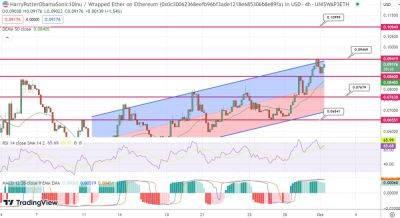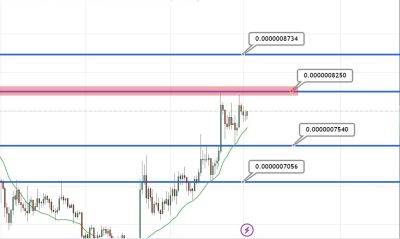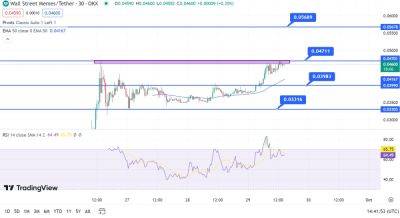August PCE Inflation Data: Federal Reserve's Key Measure Dips, Easing Market Concerns
According to data released today by the U.S. Burea of Economic Analysis (BEA), the Federal Reserve's preferred metric for inflation, known as the core personal-consumption expenditures (PCE) price index, showed a decrease in August.
The PCE report was released amid growing concerns about inflationary pressures that could prompt the Federal Reserve to adjust interest rates.
The core PCE inflation index rose by 3.9% year-over-year in August, a decrease from the revised 4.3% in July, as forecasted by economists. Monthly, the core PCE deflator increased by 0.1%, falling short of the anticipated 0.2% and down from July’s 0.2% increase.
The year-over-year increase in the PCE stands below 4% for the first time since September 2021. This decline has been viewed as a positive development by investors who were already in buying mode this morning prior to the release of the inflation data. Dow Jones Industrial Average futures rose by 200 points, or 0.6%, a 30-point jump from levels before the inflation data was publicized.
On the other hand, the market has been jittery for over a week following the Federal Reserve's latest monetary policy announcement on September 20.
Although the central bank decided to hold interest rates steady, it hinted at the possibility of rate hikes to control inflation, leading to a decline in stock prices and a surge in bond yields. The yield on the 10-year Treasury note rose to more than 4.6%, the highest level since 2007.
Tom Essaye, the founder of Sevens Report Research, commented on the issue to Barron's.
"Powell referred to recent inflation reports as 'good' at last week’s press conference but he said more were needed before the Fed can fully admit it’s pausing rate hikes," he said.
The decline in core
Read more on cryptonews.com





















